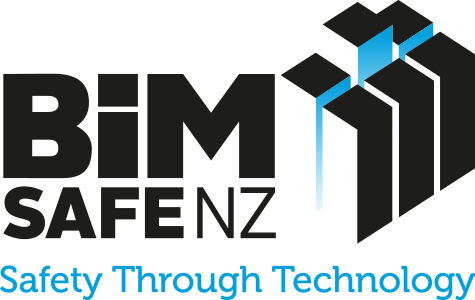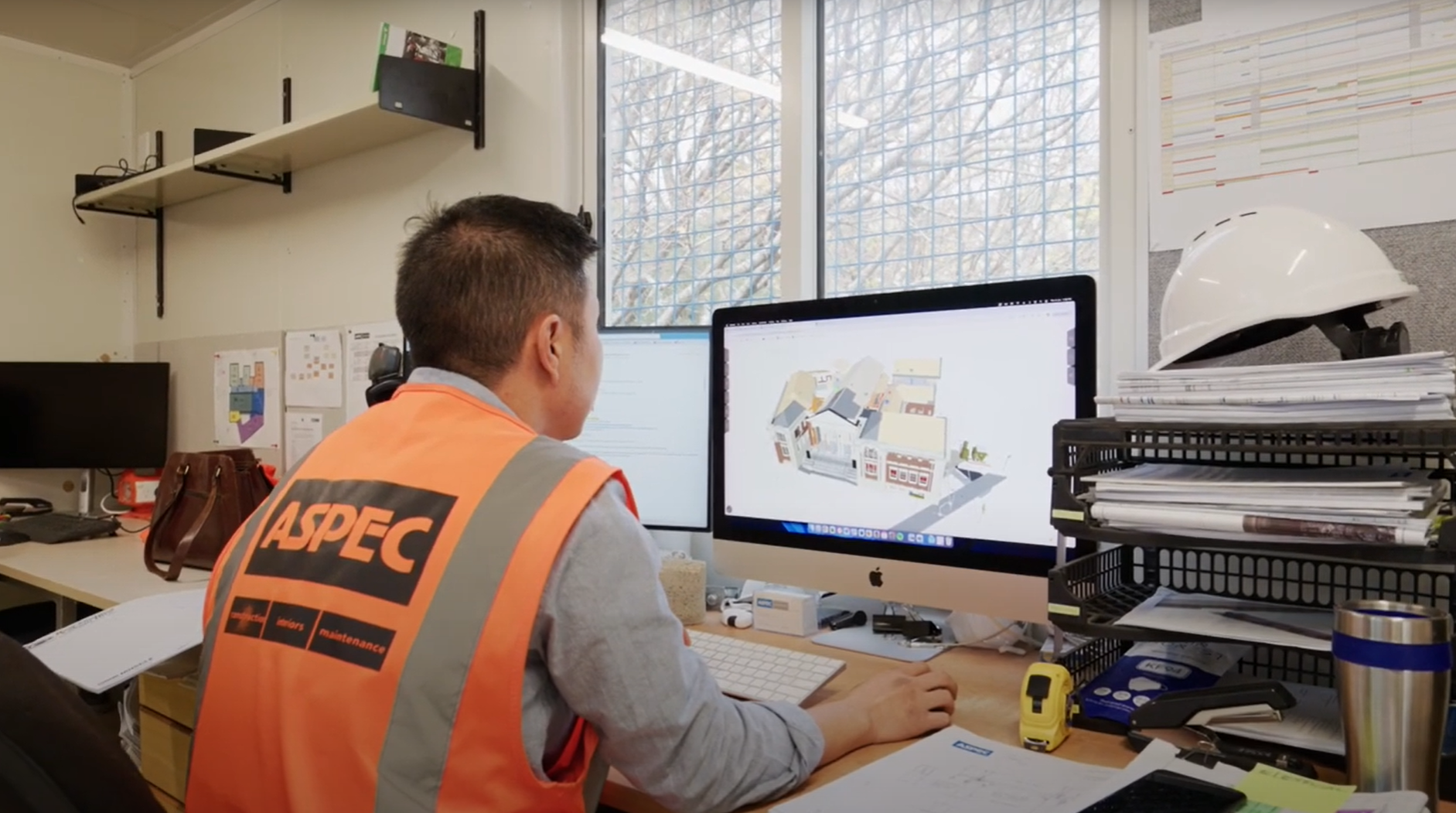University of Auckland: BIM visualisation for Facilities Management
Summary
“If you’ve got someone that actually does maintenance activities, if they’re looking at the model they will visualise doing that task, and that’s where the real benefit comes out.” Gary Davenport,Technical Services Manager at the University of Auckland
Building Information Modelling (BIM) is a useful tool for assessing and planning maintenance activities in buildings, with a particular focus on health and safety considerations. During the design and construction stages, BIM can help facilities management teams visualise future building maintenance and operations requirements. This case study examines how BIM is being used to improve safety in facilities management operations at the University of Auckland, particularly focusing on maintenance access and risk assessment.
Background
The Old Choral Hall is a heritage building situated on the corner of Symonds and Alfred Streets in central Auckland, New Zealand. Built in 1872, it is now part of the University of Auckland City campus.
A major redevelopment has involved seismically strengthening the building, upgrading and conserving heritage features, including the removal of more recent additions and the reconstruction of the original portico at the front entrance, as well as modernising the building for future use.
The main stakeholders of the project include The University of Auckland Waipapa Taumata Rau (client), Architectus (architects) and Aspec (main contractor).
Video
Approach
The facilities management team used BIM as a visualisation tool to assess and plan maintenance activities throughout the building. By examining the 3D model, they could evaluate access points, working heights, and movement paths required for maintaining mechanical and electrical services. This approach allowed them to identify potential hazards such as awkward reaching positions or difficult access routes that could put maintenance staff at risk.
A key aspect of their methodology was the emphasis on human-centred review over automated processes. Rather than solely relying on automated clash detection tools, experienced maintenance personnel were brought in to mentally work through the actual tasks they would need to perform, while using the model visualisation to move through and around the building. This led to practical insights about access hatch placement, service locations, and the positioning of maintenance points that might have been missed by automated systems alone. For example, the team used the model to evaluate ceiling access routes, considering how maintenance staff would need to move through spaces and what equipment they would need to navigate around.
Outcomes and benefits
Health and safety benefits
- Early risk identification: The ability to visualise maintenance scenarios before construction allowed the team to identify and address potential safety hazards during the design phase.
- Enhanced access planning: Using BIM visualisation enabled the team to optimise the placement of access hatches and maintenance points, reducing the need for awkward positioning or overreaching during maintenance tasks.
- Improved maintenance strategy: By understanding the spatial relationships and access requirements through BIM, the team could develop more comprehensive and safer maintenance procedures, including consideration of tools and equipment they would need to carry.
Other benefits
- Better coordination between design and operations: The BIM model served as a common platform for designers and facilities management to work through the operation and maintenance requirements early in the project.
Lessons learnt
Involve the experts early
The experts are often not consultants or specialists, but the people who work in the building and know their jobs inside out. Bringing facilities management personnel into the design phase to offer their perspectives using the BIM visualisation helped the project team to identify and resolve potential maintenance safety issues before they became operational problems.
Automation doesn’t replace human expertise
While automated tools supported the process, the most valuable insights came from experienced maintenance personnel visualising their work through the BIM model. This highlights the importance of combining technology with practical experience.

